Table of Contents
- The Importance of Creativity in Education
- Critical Thinking
- Problem-Solving
- Promoting Self-expression
- Adaptability
- Integrating Creativity into the Curriculum
- Project-Based Learning
- Interdisciplinary Studies
- Incorporating Arts and Humanities
- Digital Tools and Resources for Creative Learning
- Role of Teachers and Tutors in Encouraging Creativity
- Involving Parents and Communities
- Designing Creative Learning Spaces
- Assessing Creativity
- Supporting Diverse Learners
- Future Trends in Creativity and Education
- Conclusion
Let's suppose you teach the names of machine parts to your students. They learned it from the book and gained good grades in the exam. But, when the actual machine comes in front of them, they start shivering and are unable to identify the machine parts. The reason for this is no creativity and innovation in the classroom.
The world is changing so we also need to change our teaching approaches. Students of the 21st century need innovative learning to tackle modern issues. Parents, teachers, institutes and policymakers should play a role in diverting the young generation from old teaching methods to creative and innovative ones. It will promote a growth mindset, critical thinking and problem-solving skills in the kid.
So, this blog aims to explore different strategies and tools to promote creativity and innovation in today's learners.
The Importance of Creativity in Education
We can define creativity as the invention of new ideas and things that can add value to a person's life in different ways. In it, you can gather different ideas and use them to devise something unique. Innovation can also be defined as implementing these ideas to get value. King believed that the components of innovation are fun, collaboration, creativity and intuition. They both come together and have a strong relationship with education.
How? Well, let's discuss some impacts of creativity in the education field.
Critical Thinking
Creativity allows students to evaluate situations and make links to come up with a comprehensive and unique idea or roadmap. For example, students can reflect on different historical figures and events to come up with their own opinions and thoughts.
Problem-Solving
Creativity gives students different ways to look at a problem and find innovative solutions to solve it. They will not remain stuck to one point of view. Rather, they will look in different directions to find the solution. For example, if a torch light gets dimmed, students can apply different scientific theories and strategies to find the reason for this problem and ways to solve it.
Promoting Self-expression
Creativity allows students to express their opinions and thoughts effectively. It gives space for self-discovery and knowing their identity. For example, J.K. Rowling wrote the Harry Potter series to express her unique and creative thoughts.
Adaptability
Creative thinking promotes adaptability in the students. It allows them to be flexible and learn different skills to be successful in the job market. For example, Steve Jobs understood the market trends and introduced unique technology gadgets (iPad and iPhone) that are proof of his creativity. This adaptability made him famous throughout the world.
Integrating Creativity into the Curriculum
There are different ways through which teachers or policymakers can integrate creativity into the curriculum of every subject. Let's discuss some of them.
Project-Based Learning
This type of learning allows students to use the knowledge in real life. They can apply different strategies and tricks in real-life projects to solve various problems. For example, Geography teachers can give blank globes to students and ask them to mark the locations of different countries and places on them.
Interdisciplinary Studies
You can foster creativity in students through interdisciplinary studies. It includes connecting different fields of study so that students can solve a project or problem through different lenses. For example, you can give them a topic, “History of Disaster-proof Building”. Now, they have to study the history of this topic. They can assess different literature related to it and write essays in English class. They can create a model of it that would include science (physics of structural integrity) and art (giving an aesthetic look to the model).
Incorporating Arts and Humanities
Arts and Humanities are crucial for enhancing creativity in students. These promote communication skills, critical thinking, problem-solving, life-long learning and diverse skills in students. It promotes life skills, empathy and social awareness among kids. You can use art projects, assignments, debates and theater projects to foster creativity in students.
Digital Tools and Resources for Creative Learning
Luckily, in this digital world, there are a lot of AI software and apps to assist in teaching and learning creativity and promoting it in the classroom. There are a lot of digital tools that enable students to complete their creative projects with ease while promoting more productivity in them. These tools are for every student of every grade.
For example, Reading Eggs is a platform for 2 to 13-year-old kids. It has interactive math games and lessons that teachers can use to promote critical thinking and creativity in students. Moreover, the Foxar platform enables students to visualize 3D models of different buildings and other topics. It will help them to explore and learn complex topics with visualization. It can help them in completing creative projects.
You can find a comprehensive list of these tools in Aixphoria. Each platform has its unique features and limitations. So, teachers should learn about them and make them a part of the classroom. Or, they can guide students on how to use these tools to complete their homework.
Role of Teachers and Tutors in Encouraging Creativity
As everything is changing, teachers should also change their teaching methods. You should gain professional training in using innovative teaching methods to promote creativity in students. For this, you need to learn how to make the classroom student-centered in place of teacher-centered. You need to learn how to promote active learning in place of passive learning.
For this, you can promote class discussion in your classroom by giving the kids time to make groups and discuss topics with each other. You should give space and opportunities to kids to take risks and fail in them. Don't punish them for failures, in fact, see it as an opportunity to grow. You should allow students to take the lead in certain topics and assignments. Your role should only be as a facilitator who will help students when they need it.
For example, you need to teach them about “Global Health”. For this, you should allow students to research, read different articles on it, and discuss it with each other. You can use multimedia in the classroom to give them different visuals related to the topic. This will foster creativity in your students and they will learn the skill of critical thinking in it.
Involving Parents and Communities
Parents can foster creativity in the home by providing educational toys to their young kids and allowing older kids to explore and solve different problems. For example, if a bulb is not working, they can ask their kid to use scientific knowledge to solve this issue. Moreover, they can take their kids to parks to explore nature. They should also give them access to different online tools and platforms that can help them in developing creative skills.
Different community resources such as learning hubs, community parks, workshops, arts and culture centers can foster creativity in students. There are different online courses and tools too that can foster creativity.
For example, Urban Farming Revolution in Paris is a community garden that conducts a lot of educational workshops and opportunities for learners to think creatively and discover new things.
Designing Creative Learning Spaces
Tom Brialey believes that designing a creative learning space is easy if we make some small adjustments to the school structure. It includes adding adjustable furniture in the classroom that students can move around for classroom discussions. There should be technology-integrated classrooms that have multimedia, technology and WiFi.
Also, libraries should have technology in them so that students can access e-resources.
Assessing Creativity
In fostering creativity, the main challenge a teacher can face is how to access it. Because every student will have a unique approach to solving the problem.
So, you should use clear rubrics to assess their creative skills. Don't focus on the final product but on the process of creation and how much creativity they have used. Moreover, you can use peer review, portfolio-based learning, and project-based learning methods to assess your creativity.
Supporting Diverse Learners
There are kids with learning disabilities so you should make creative assignments in a way that can support them.
For example, in a playwriting unit, students with learning disabilities can be given specific roles in the production team. Students with writing problems can contribute to brainstorming.
Future Trends in Creativity and Education
AI tools, Augmented reality, Virtual reality and Gamification are the future trends in education and creativity. So, educators and policymakers should integrate them into the course and give specialized training to teachers on how to use it. They should make sure that these become a part of classrooms.
Conclusion
In short, teachers, the community and policymakers can contribute in different ways to foster creativity in students. It can secure the future of students in this 21st century so all stakeholders should prioritize and invest in creative skills. You all should collaborate on innovative educational practices for a better future for students.







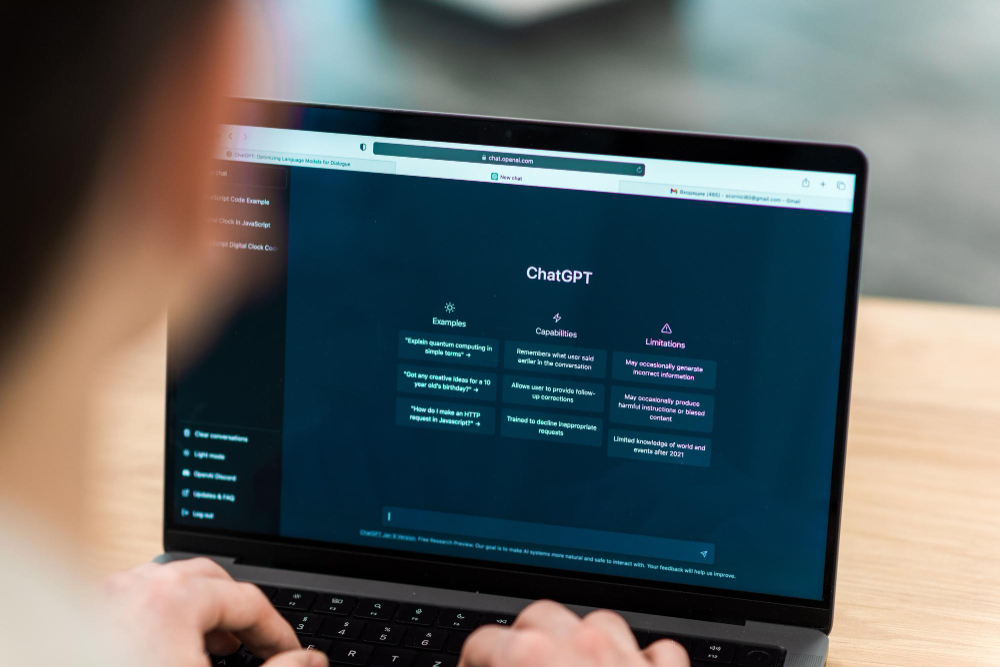








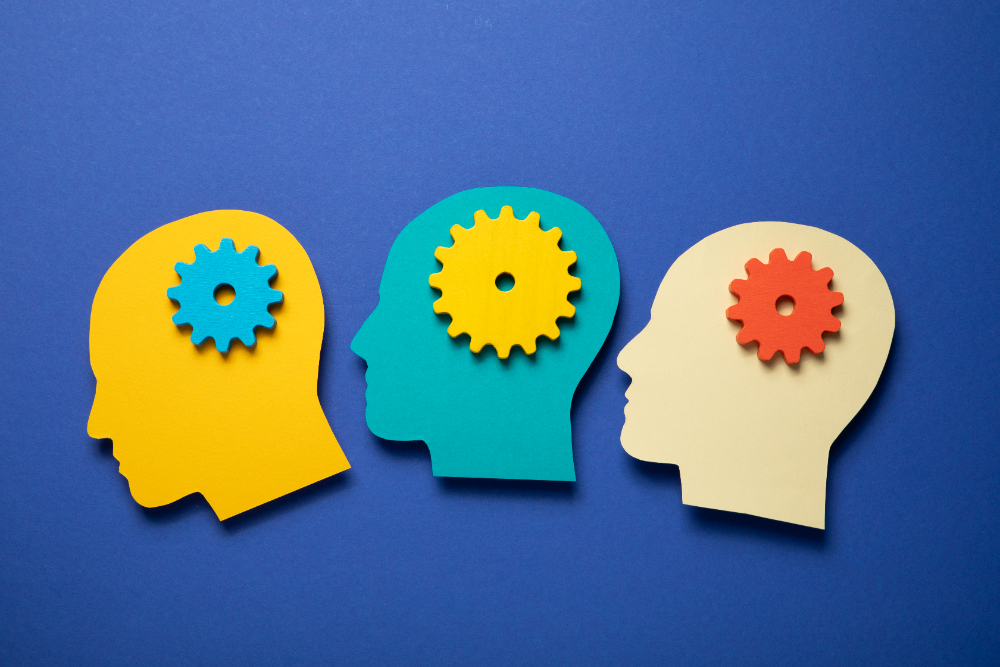







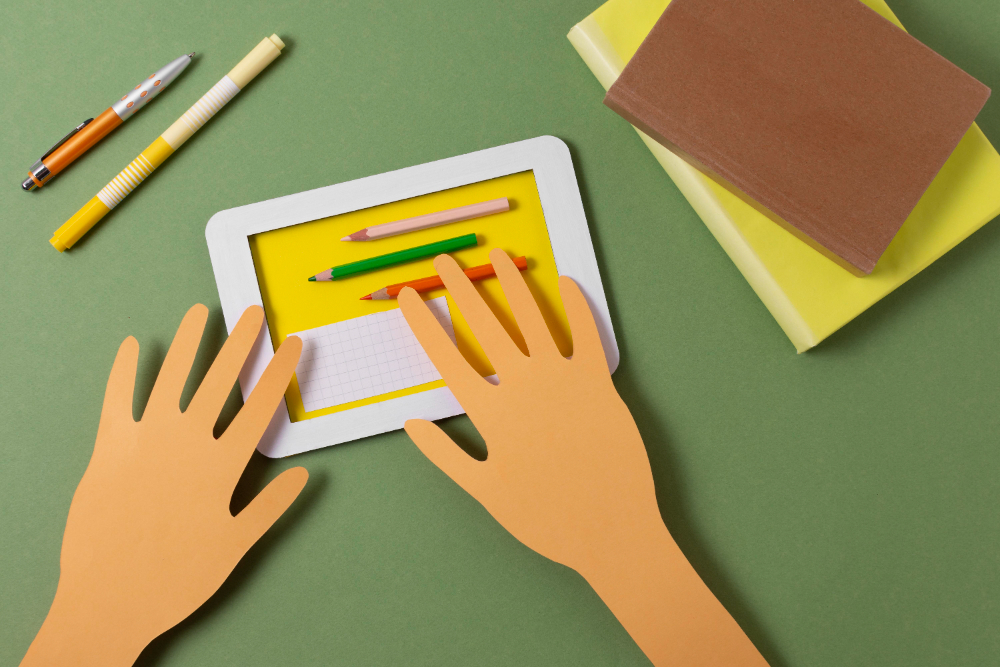


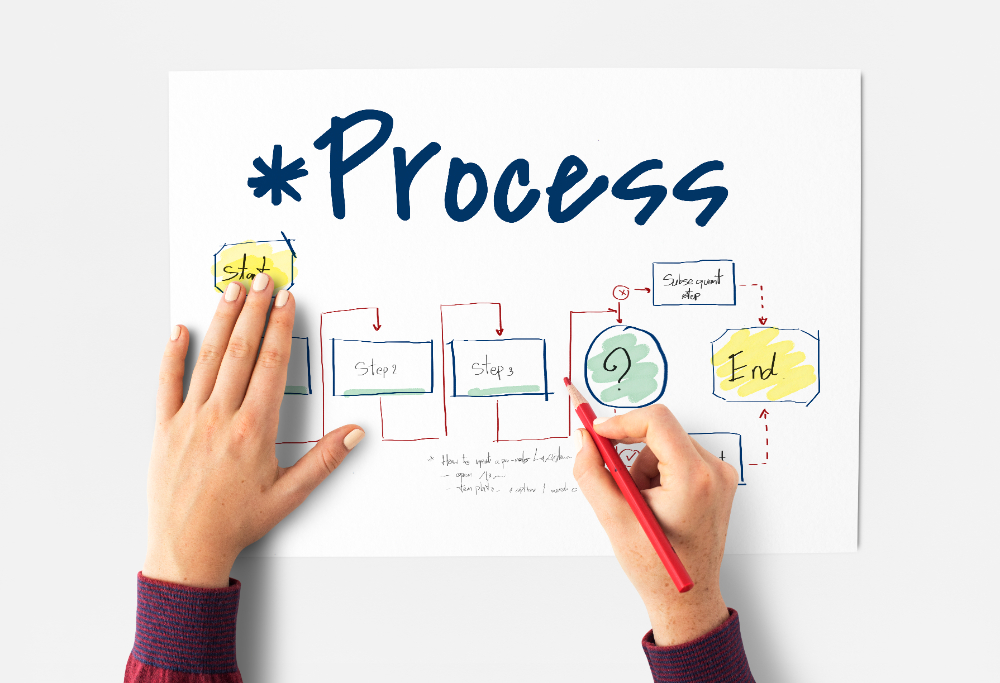



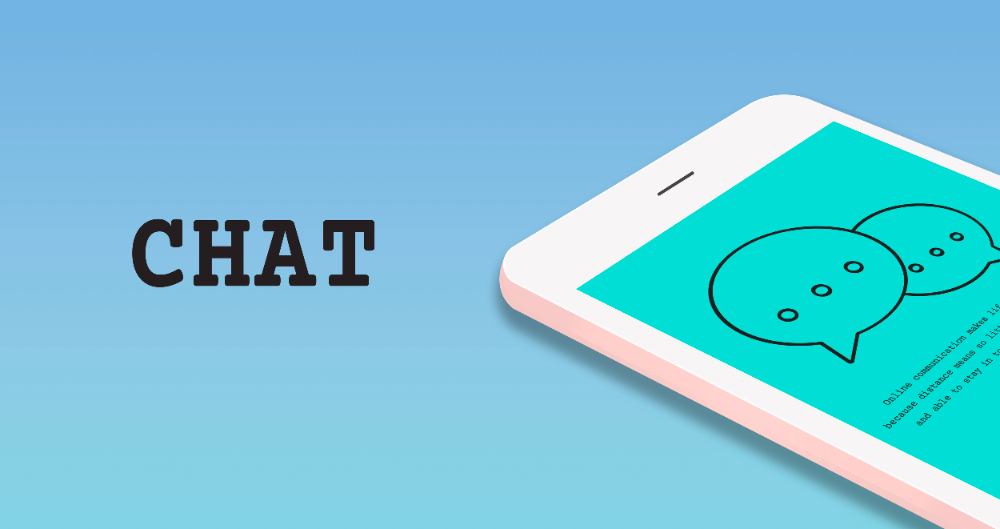
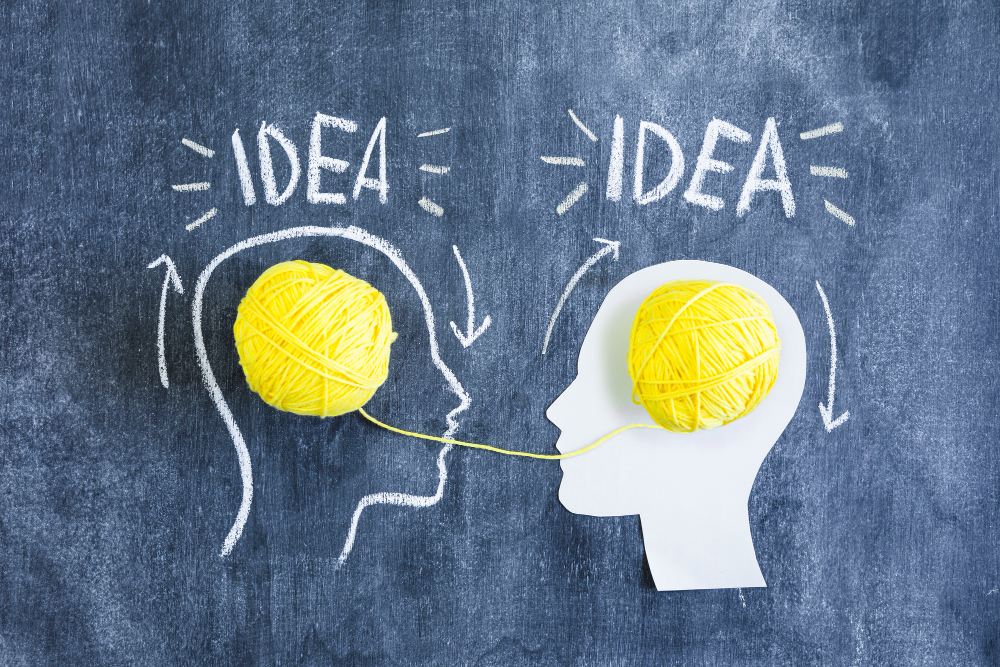
Comments are closed.